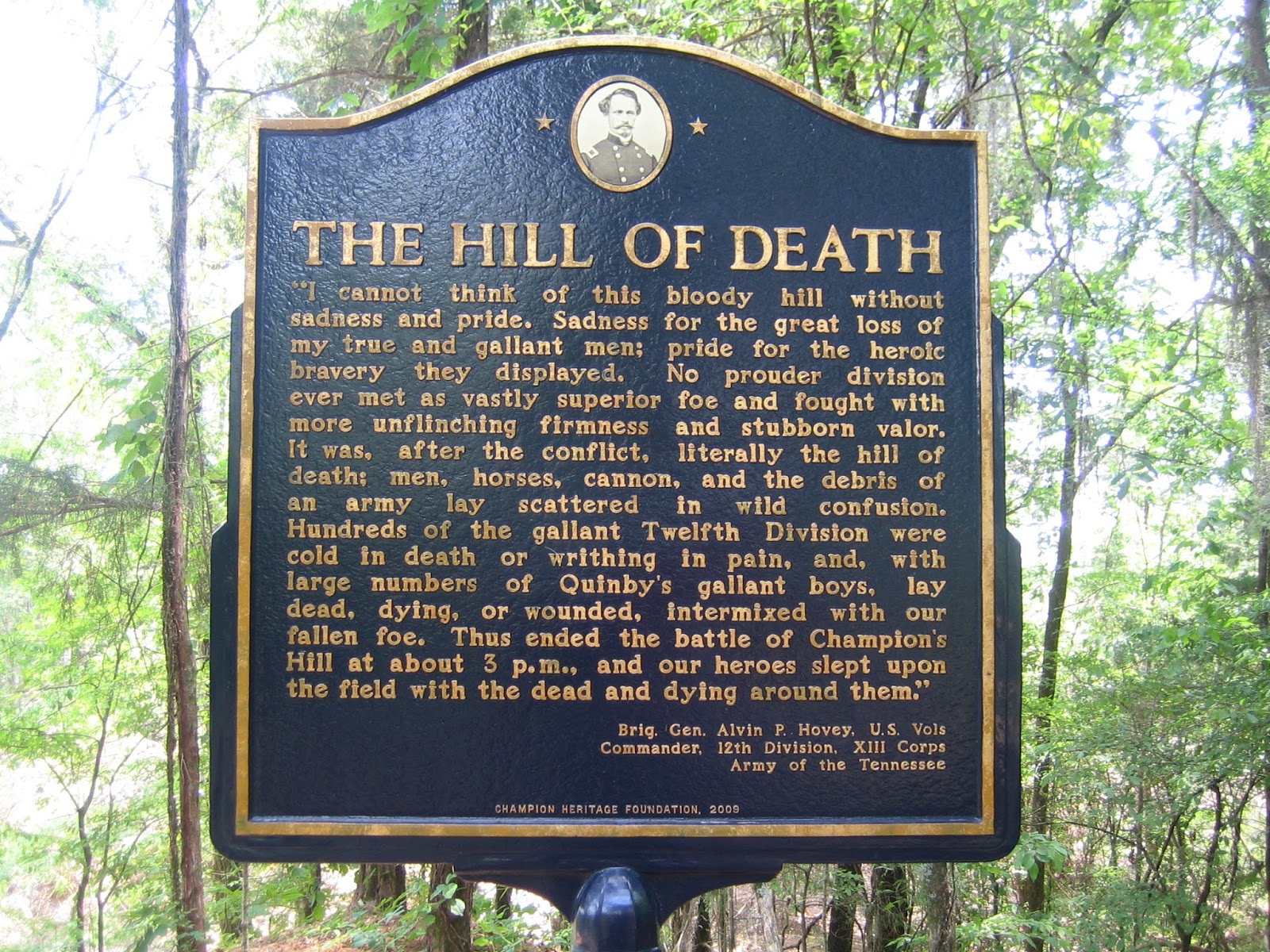
MS ChampionHill: Charting a Sustainable Course for Global Automotive Logistics
In the intricate ballet of global commerce, where the rhythm of trade dictates the flow of goods and the prosperity of nations, a new kind of performer has taken center stage. The MS ChampionHill, a state-of-the-art Pure Car and Truck Carrier (PCTC), is not merely a vessel; it is a symbol of an industry in transition, a testament to technological prowess, and a crucial link in the increasingly complex global supply chain. Launched in 2023 and operated by the Norwegian shipping giant Wallenius Wilhelmsen Ocean (WWO), the ChampionHill embodies the convergence of efficiency, environmental responsibility, and sophisticated engineering that is redefining maritime transport.
At first glance, the MS ChampionHill is an imposing sight: a steel behemoth stretching over 200 meters in length and nearly 37 meters in beam, designed to swallow vast quantities of vehicles – from compact cars to heavy trucks and high-and-heavy equipment – across its multiple, adjustable decks. With a capacity exceeding 7,000 Car Equivalent Units (CEU), it represents a floating multi-storey car park, capable of transporting the output of entire automotive factories across oceans. But its significance runs far deeper than its sheer size; it lies in its advanced design, its commitment to sustainability, and its role in connecting manufacturers with markets in an era of unprecedented challenges and opportunities.
A New Generation of Maritime Engineering

The ChampionHill is part of a new generation of vessels being introduced by Wallenius Wilhelmsen, designed from the keel up to meet the demands of a rapidly evolving global landscape. Its construction reflects meticulous attention to detail and a forward-thinking approach to maritime operations. The vessel’s hull form, for instance, has been hydrodynamically optimized to reduce drag and improve fuel efficiency, a critical factor in both operational cost and environmental impact. Every curve and angle of its massive structure is a result of advanced computational fluid dynamics, ensuring it slices through the water with minimal resistance.
Beyond its physical architecture, the ChampionHill is a marvel of integrated systems. Its bridge is a hub of digital intelligence, equipped with the latest navigation, communication, and automation technologies. Advanced sensor arrays provide real-time data on everything from weather conditions and sea state to engine performance and cargo stability. This data is not just for information; it feeds into sophisticated decision-support systems that empower the crew to make optimal choices, further enhancing safety and efficiency. Automated mooring systems, smart cargo handling solutions, and a comprehensive suite of digital tools contribute to a streamlined operation that reduces human error and accelerates turnaround times in port.
"The introduction of vessels like the MS ChampionHill is not just an incremental step; it’s a leap forward," states Andreas Enger, CEO of Wallenius Wilhelmsen, reflecting on the company’s investment in its fleet. "We are building the ships of tomorrow, today. These vessels are engineered to be resilient, efficient, and adaptable to the dynamic needs of our customers and the planet."
The Green Giant: Pioneering Sustainable Shipping
Perhaps the most compelling aspect of the MS ChampionHill is its unwavering commitment to environmental sustainability. In an industry often criticized for its carbon footprint, WWO has positioned itself at the forefront of the green shipping revolution, and the ChampionHill is a shining example of this commitment.
The vessel is "LNG-ready," meaning it is designed with the flexibility to operate on Liquefied Natural Gas (LNG) or other alternative fuels as they become more widely available. While currently operating on traditional marine gas oil (MGO), its infrastructure allows for a relatively seamless transition to LNG, which significantly reduces sulfur oxides (SOx), nitrogen oxides (NOx), and particulate matter emissions, as well as a substantial cut in carbon dioxide (CO2) compared to conventional heavy fuel oil. This foresight is crucial, as global maritime regulations, such as those set by the International Maritime Organization (IMO), are steadily tightening, pushing the industry towards decarbonization.
Furthermore, the ChampionHill is equipped with a comprehensive exhaust gas cleaning system (scrubber) to remove pollutants when operating on MGO. It also features shore power connectivity, allowing it to plug into a port’s electrical grid when docked, thereby shutting down its auxiliary engines and eliminating emissions in port areas – a significant benefit for air quality in coastal communities. Ballast water treatment systems prevent the introduction of invasive species into new ecosystems, protecting marine biodiversity.
"Our goal is not just to comply with regulations, but to lead the way in sustainable shipping," explains Bjørn Erik Haukland, Head of Sustainability at Wallenius Wilhelmsen. "The ChampionHill is a tangible representation of our strategy to achieve net-zero emissions. By investing in vessels that are flexible regarding fuel types and incorporate energy-saving technologies, we are building a fleet that can adapt to future energy transitions and continue to deliver essential services with a minimal environmental impact." This proactive approach is critical as the industry grapples with the challenge of finding scalable, commercially viable green fuels.

Connecting Global Markets: The Economic Backbone
The ChampionHill operates within a highly interconnected global network, serving as a vital artery for the automotive industry. Its regular routes span the major manufacturing hubs of Asia, Europe, and North America, delivering vehicles from assembly lines to dealerships across continents. In a world where supply chain resilience has become a paramount concern, vessels like the ChampionHill provide the reliability and capacity needed to keep economies moving.
The "Pure Car and Truck Carrier" designation underscores its specialization. Unlike container ships that carry a variety of goods in standardized boxes, PCTCs are designed specifically for rolling cargo. Their internal ramps and adjustable decks allow for efficient loading and unloading, minimizing damage and maximizing space utilization. This specialization is essential for an industry like automotive, where vehicles are high-value, sensitive cargo requiring careful handling and precise delivery schedules.
The very existence of the ChampionHill facilitates global trade, enabling car manufacturers to leverage economies of scale by centralizing production and then distributing products worldwide. Without such sophisticated transport solutions, the globalized automotive industry as we know it would be impossible. It underpins job creation in manufacturing, logistics, and retail across the globe, making it an invisible yet indispensable force in the world economy.
Life Onboard: A Modern Seafaring Experience
While the technological and environmental aspects often dominate the narrative, the human element aboard the MS ChampionHill is equally important. Modern vessels are designed not only for efficiency but also for the well-being of their crew. Seafaring, while offering unique experiences, can be demanding, with long periods away from home and often challenging working conditions.
The ChampionHill incorporates modern amenities and thoughtful design to enhance crew welfare. Ergonomically designed workspaces, advanced communication systems (including reliable internet access), and comfortable living quarters are standard. Recreational facilities, fitness areas, and communal spaces aim to foster a positive and supportive environment. Safety, of course, remains paramount, with state-of-the-art fire suppression systems, life-saving equipment, and rigorous training protocols ensuring the highest standards of protection for those who operate this magnificent vessel.
The skilled professionals who navigate, operate, and maintain the ChampionHill are at the heart of its success. Their expertise in handling complex machinery, navigating treacherous waters, and managing vast cargo loads is indispensable. Wallenius Wilhelmsen, like other leading shipping companies, invests heavily in training and retaining top talent, recognizing that human capital is as crucial as technological capital.
The Future Horizon
The MS ChampionHill enters service at a fascinating juncture in maritime history. The industry is grappling with the twin pressures of decarbonization and digitalization, alongside geopolitical uncertainties and fluctuating global demand. Vessels like the ChampionHill are built to face these challenges head-on. Its fuel flexibility positions it well for a future where alternative fuels, such as green methanol, ammonia, or even hydrogen, may become mainstream. Its advanced digital infrastructure lays the groundwork for further automation and optimization, potentially leading to even more efficient and safer operations.
As global trade patterns shift and consumer demands evolve, the agility and capacity offered by vessels like the ChampionHill will be more critical than ever. It is more than just a means of transport; it is an active participant in shaping the future of global logistics. It represents an investment in a cleaner, more efficient, and more resilient maritime industry.
In conclusion, the MS ChampionHill stands as a powerful symbol of progress in the maritime world. It embodies the pinnacle of modern PCTC design, blending massive capacity with cutting-edge technology and an unwavering commitment to environmental stewardship. As it plies the world’s oceans, carrying the hopes and dreams of manufacturers and consumers alike, the ChampionHill is not just transporting vehicles; it is charting a course for a more sustainable, efficient, and interconnected global future, one voyage at a time. Its story is a testament to human ingenuity and the enduring spirit of maritime innovation, proving that even the most traditional industries can be at the forefront of change.


